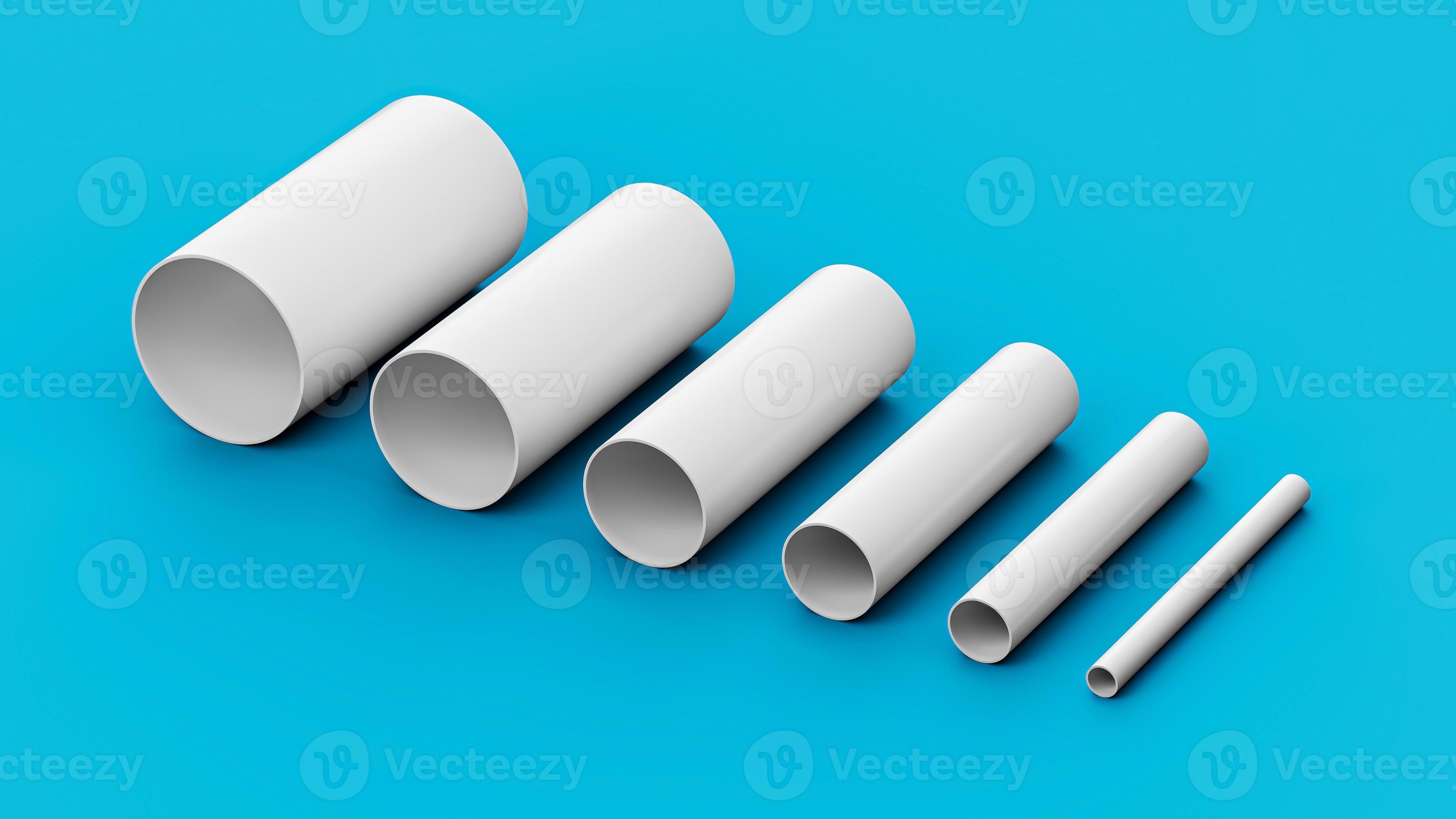Plastic materials have become an integral part of our daily lives, shaping everything from the products we use to the environment we inhabit. With their versatility and widespread application, plastics offer a fascinating glimpse into modern science and industry. As we dive into the world of plastic materials, it is essential to understand their various types, properties, and the roles they play in our society.
From the packaging that protects our food to the components in our electronics, plastic materials are everywhere. They come in numerous forms, each designed to meet specific needs and challenges. This exploration will reveal the beauty and complexity of plastics, highlighting both their advantages and the considerations of their environmental impact. Join us as we unveil the wonders of plastic materials and discover why they are so vital to our contemporary lifestyle.
Types of Plastic Materials
Plastic materials come in various types, each with unique properties and applications. One of the most common types is polyethylene, which is known for its flexibility and durability. It is widely used in packaging, plastic bags, and bottles due to its lightweight nature. High-density polyethylene, or HDPE, is particularly valued for its strength, making it suitable for more heavy-duty applications like containers and piping.
Another important category of plastic materials is polypropylene. This type is characterized by its resistance to heat and chemicals, making it an ideal choice for manufacturing items such as automotive components, food containers, and textiles. Polypropylene is also appreciated for its lower density, which allows for lightweight products that maintain structural integrity in various conditions.
Polyvinyl chloride, or PVC, is another significant plastic material known for its versatility. It can be found in both rigid and flexible forms, making it useful for a wide range of applications. Rigid PVC is commonly used in construction for pipes and fittings, while flexible PVC finds its way into electrical cable insulation and flooring. The adaptability of PVC has made it a staple in numerous industries, showcasing the diverse nature of plastic materials.
Properties and Applications
Plastic materials possess a unique combination of properties that make them highly versatile and widely used across various industries. One of the most notable characteristics of plastics is their lightweight nature, which allows for easy handling and transportation. Additionally, many plastics are resistant to moisture, chemicals, and UV light, making them suitable for applications that require durability and longevity. The ability to customize the properties of plastics through additives and processing techniques further enhances their functionality, allowing for a diverse range of products to be created.

The applications of plastic materials are extensive and span multiple sectors, including packaging, construction, automotive, and healthcare. In packaging, plastics are favored for their ability to safeguard products while being cost-effective and lightweight. In the construction industry, materials like PVC and polyethylene are extensively used for piping, insulation, and roofing due to their strength and weather resistance. The automotive sector also relies heavily on plastics to reduce vehicle weight, improve fuel efficiency, and lower manufacturing costs.
In the healthcare field, plastic materials play a crucial role in creating medical devices, packaging for pharmaceuticals, and disposable items that promote hygiene. The adaptability of plastics allows for the production of items that must meet stringent safety standards while also being accessible and affordable. plexiglass sur mesure Overall, the unique properties of plastic materials lead to countless innovative applications that continue to evolve as technology advances.
Environmental Impact and Sustainability
The use of plastic materials has significantly transformed various industries; however, it also raises substantial environmental concerns. Every year, millions of tons of plastic waste end up in landfills and oceans, leading to pollution that harms wildlife and disrupts ecosystems. The durability of plastic, which is often seen as a benefit, contributes to its persistence in the environment, creating long-term challenges for waste management and biodiversity preservation.
To tackle these issues, the focus on sustainability has grown within the plastic industry. Innovations in biodegradable plastics and recycling technologies are emerging to reduce plastic’s environmental footprint. Companies are increasingly adopting closed-loop systems that minimize waste by recycling materials into new products. Consumers are also becoming more conscious of their choices, advocating for more sustainable practices and supporting brands that prioritize environmentally friendly alternatives.
As global efforts towards sustainability continue, the responsibility to manage plastic materials effectively lies with manufacturers, consumers, and policymakers alike. Collaborative initiatives aimed at reducing single-use plastics, promoting recycling programs, and educating the public about responsible disposal can foster a culture that respects the environment. By embracing these changes, society can mitigate the adverse effects of plastic and work towards a more sustainable future.
